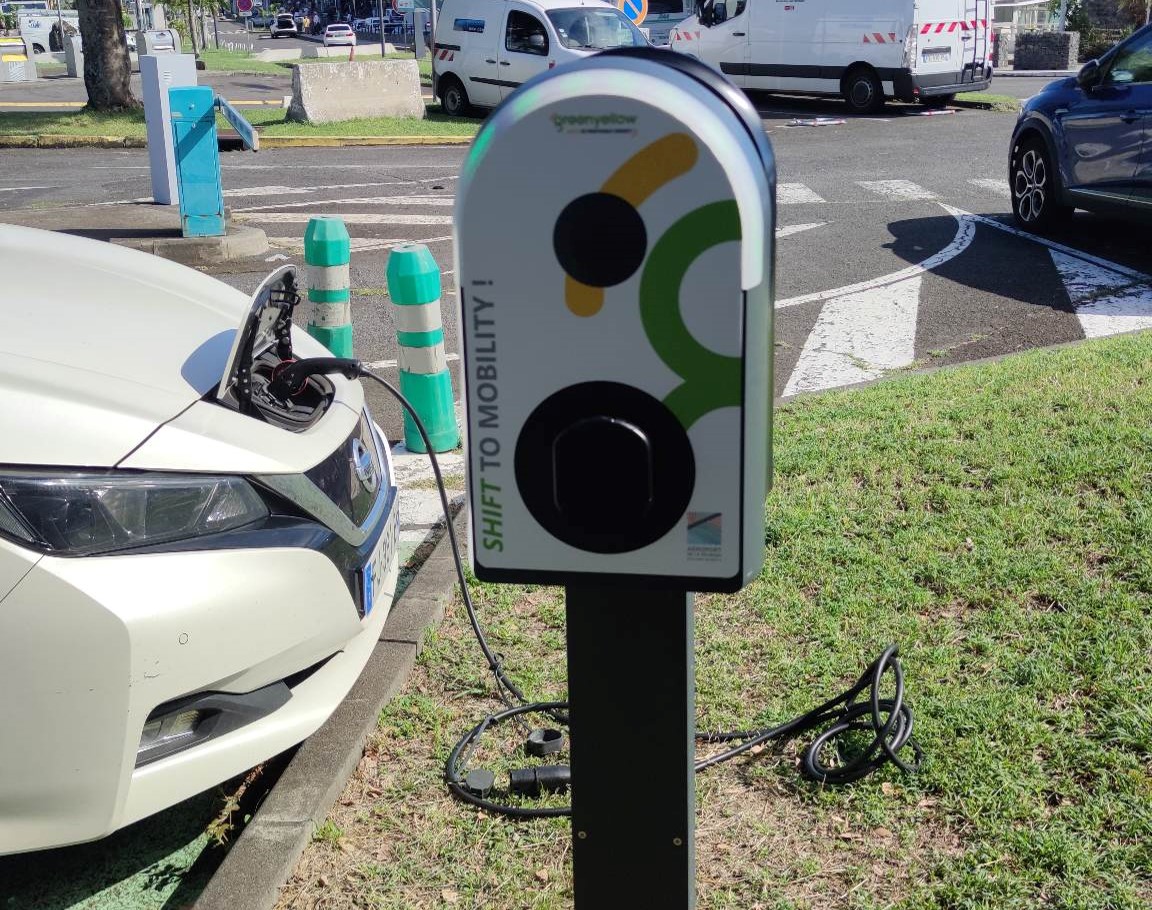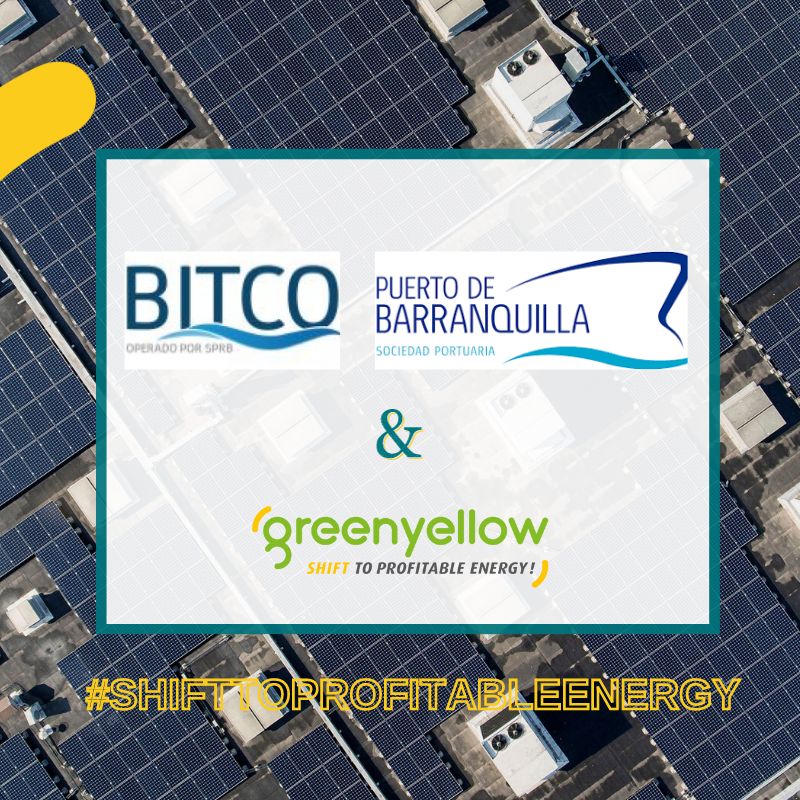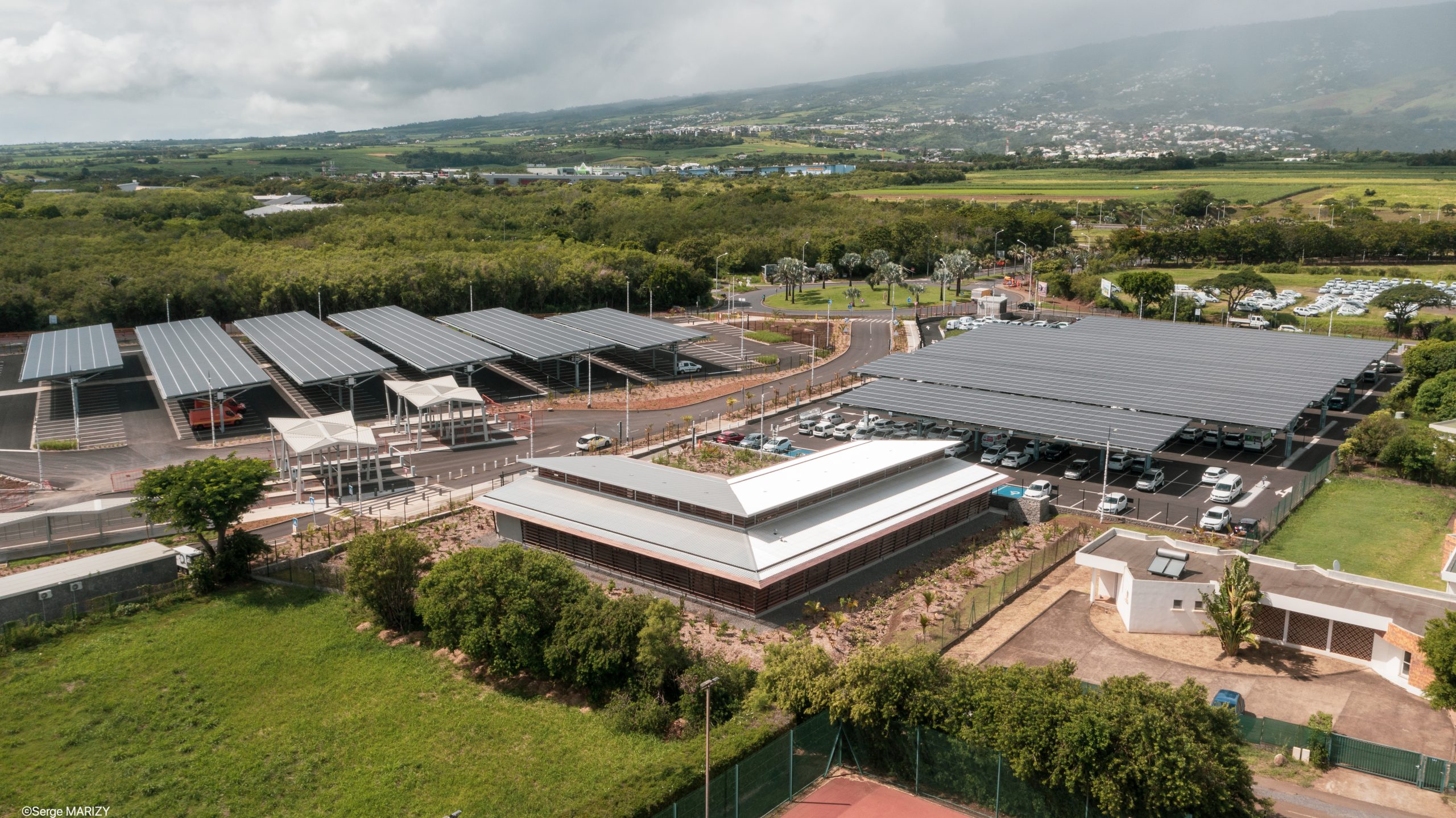Transport infrastructure
The transportation infrastructure sector, including airports, railway stations, seaports, racetracks, etc., plays a crucial role in managing our society's environmental and climate challenges. Because of their high energy consumption and greenhouse gas (GHG) emissions, these facilities have a considerable environmental impact. To meet these challenges, the energy transition aims to reduce emissions by adopting cleaner energy sources and improving the energy efficiency of buildings and infrastructures. GreenYellow is positioned as the trusted partner to support this sector in its energy transition. We specialize in on-site work, and thanks to our global approach, we can intervene across the entire energy value chain. This includes analysis, design, financing, deployment and management of energy installations, while guaranteeing energy savings. Our mission is to take into account the multiple challenges of the transport sector, given its essential role in energy consumption and its environmental impact, in order to facilitate its energy transition.
Improving energy efficiency
The energy transition means modernizing existing infrastructures in this sector to make them more efficient and less carbon-intensive. Enhancing the energy value of sites is at the heart of the GreenYellow model, which supports the transport sector with its #SHIFTEfficiency offers for energy efficiency, and #SHIFTEnergyServices for energy services, by intervening in all utilities (heating, cooling, lighting, HVAC, etc.). This enables the transport sector to move towards a sustainable, energy-efficient model.
Adoption of renewable energy sources
One of the priorities for the transport infrastructure sector's energy transition is to move away from dependence on fossil fuels towards greater use of renewable energy sources, such as solar power, in order to reduce carbon emissions, minimize environmental impact and meet ESG (Environmental, Social and Governance) objectives. Since 2007, GreenYellow has been a recognized expert in decentralized solar production with its #SHIFTProduction offer, proposing turnkey solar photovoltaic power plant projects (ground-mounted, roof-mounted, or parking lot shade, for example) tailor-made .
Charging and refuelling infrastructure
The energy transition requires the electrification of transport, with increased development of charging infrastructures for electric vehicles (charging stations) and refueling infrastructures for alternative fuels. At the heart of our decarbonization approach is our #SHIFTMobilityoffer, which enables us to provide e-mobility solutions tailor-made, turnkey and fully financed. With this offer, we support our clients partners in the deployment of their electric vehicle charging infrastructure ecosystems.
Energy demand management
Energy transition can also include energy demand management strategies, such as the use of energy storage batteries and load shedding to avoid peaks in demand, thus optimizing the use of resources and reducing energy costs. GreenYellow offers a proactive approach in this area, and goes even further by proposing a Microgrid model through its partnership with Schneider Electric. This initiative aims to promote more sustainable and efficient energy management for industrial sites and facilities.
Cost and investment management
The energy transition requires significant investment in new technologies and infrastructure.
With its platform of decarbonization offers that can be combined or activated individually, GreenYellow stands out for its comprehensive approach to energy transition:
- #SHIFTProduction - for decentralized solar photovoltaic solutions
- #SHIFTEfficiency - for energy efficiency solutions
- #SHIFTEnergyServices - for energy services
- #SHIFTMobility - for electric vehicle recharging infrastructures (IRVE)
GreenYellow fully manages and finances these offers, which come in the form of financed, personalized, turnkey contracts.
Raising awareness and changing attitudes
The energy transition often involves a change in mentality and behavior among the players in these sectors, as well as among travelers and users. Raising awareness of environmental issues and the benefits of clean energy is essential to encourage the adoption of new practices.
Collaboration between players
The energy transition involves close collaboration between governments, businesses, local players, energy solution providers and civil society to define policies, standards and incentives conducive to the adoption of clean energy.
In short, energy transition in the transport infrastructure sector is essential to reduce its carbon footprint and contribute to global efforts to combat climate change. This requires an integrated and concerted approach to adopting clean energy sources, modernizing infrastructures and raising awareness among all stakeholders. By drawing on the expertise of GreenYellow, companies can tackle this transition effectively and successfully, and actively commit to a more sustainable future .
Discover our achievements in the transportation infrastructure sector
Let's analyze together
the ecological and financial impact
of your energy optimization.
Our experts will contact you to understand your needs and develop your turnkey project, 100% financed!



